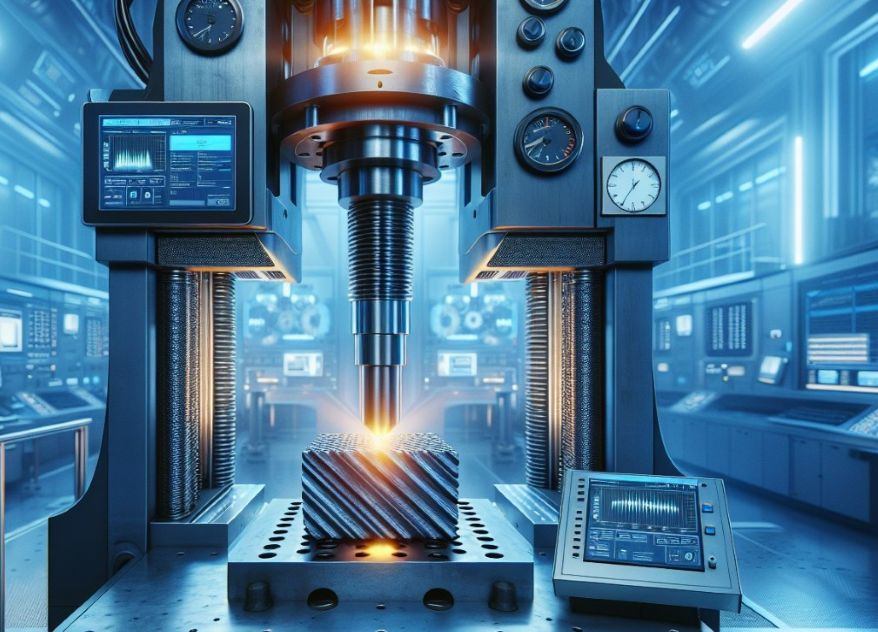New Method Doubles Fatigue Resistance in High-Strength Steel
Scientists have achieved a significant breakthrough in materials science, effectively doubling the fatigue limit of high-strength steel. This groundbreaking discovery could revolutionize various industries, from automotive and aerospace to infrastructure and manufacturing, by allowing for the creation of lighter, stronger, and more sustainable materials.
Understanding Fatigue Limits in Steel
The fatigue limit (σW) is the highest stress that steel can endure repeatedly without failure. Usually, this limit increases with the steel’s tensile strength (σB), up to about 1.4 GPa. Beyond that strength, the fatigue limit stops improving—a phenomenon known as the fatigue limit ceiling. This limits how much extremely strong steels can be used practically.
The Two Key Limits: Crack Initiation and Non-Propagation
The fatigue limit depends on two limits:
- Crack initiation limit: Maximum stress below which no cracks start.
- Crack non-propagation limit: Maximum stress where cracks may form but won’t grow into breaks.
If cracks do not initiate or propagate easily, steel has better fatigue resistance. Traditionally, more attention has gone to controlling crack growth rather than preventing crack starts.
The Challenge with Ultra-Strong Steel
The non-propagation limit reaches a ceiling because tiny cracks become impossible to stop before growing. In stronger steels (>1.4 GPa), these cracks get very small, less than a micron. Further, preventing them from spreading is extremely difficult without enough plastic deformation to close cracks effectively.
A Novel Approach: Pre-Fatigue Training for Superior Resistance
This study reports a remarkable improvement in the fatigue behavior of as-quenched martensitic steel, which offers high strength but usually suffers from low fatigue resistance. By applying controlled pre-fatigue loading—called pre-fatigue training—researchers doubled the fatigue limit beyond conventional ceilings.
How Does Pre-Fatigue Training Help?
This method activates small changes in the microstructure before actual service loading starts. These changes suppress early damage formation known as crack embryos, or tiny intrusions/extrusions that lead to crack initiation along grain boundaries. Thus, crack formation is delayed or prevented throughout both surface and subsurface zones.
Diverse Pre-Deformation Techniques Tested
The researchers tested four specimens of Fe-3Mn-0.2C alloy under various pre-treatment conditions:
- No pre-deformation (baseline)
- Pre-loaded under constant stress (no cyclic loading)
- Pre-fatigued with cyclic stress applied before testing
- Pre-fatigued plus additional coaxing cycles at increasing loads
The pre-fatigued samples showed significantly higher fatigue limits compared to baseline samples — reaching up to 1300 MPa maximum stress in some cases! This advance could allow wider use of ultra-high-strength steels safely while keeping components lighter and more energy-efficient.
Looking Ahead: A New Era of Materials Design
The NIMS team plans to further explore and refine this microstructural design strategy for creating crack-resistant materials. This research opens up exciting possibilities for developing even stronger and more durable materials for diverse applications. The focus now shifts to applying this revolutionary approach to other materials beyond steel, pushing the boundaries of material science and engineering.
Reference
- Okada, K., Tsuzaki, K., Nakagawa, E., & Shibata, A. (2025). Fatigue Limit Doubling in High‐Strength Martensitic Steel through Crack Embryo Engineering–Cyclic‐Training‐Driven Self‐Optimization. Advanced Science. https://doi.org/10.1002/advs.202504165
Additionally, to stay updated with the latest developments in STEM research, visit ENTECH Online. Basically, this is our digital magazine for science, technology, engineering, and mathematics. Furthermore, at ENTECH Online, you’ll find a wealth of information.






